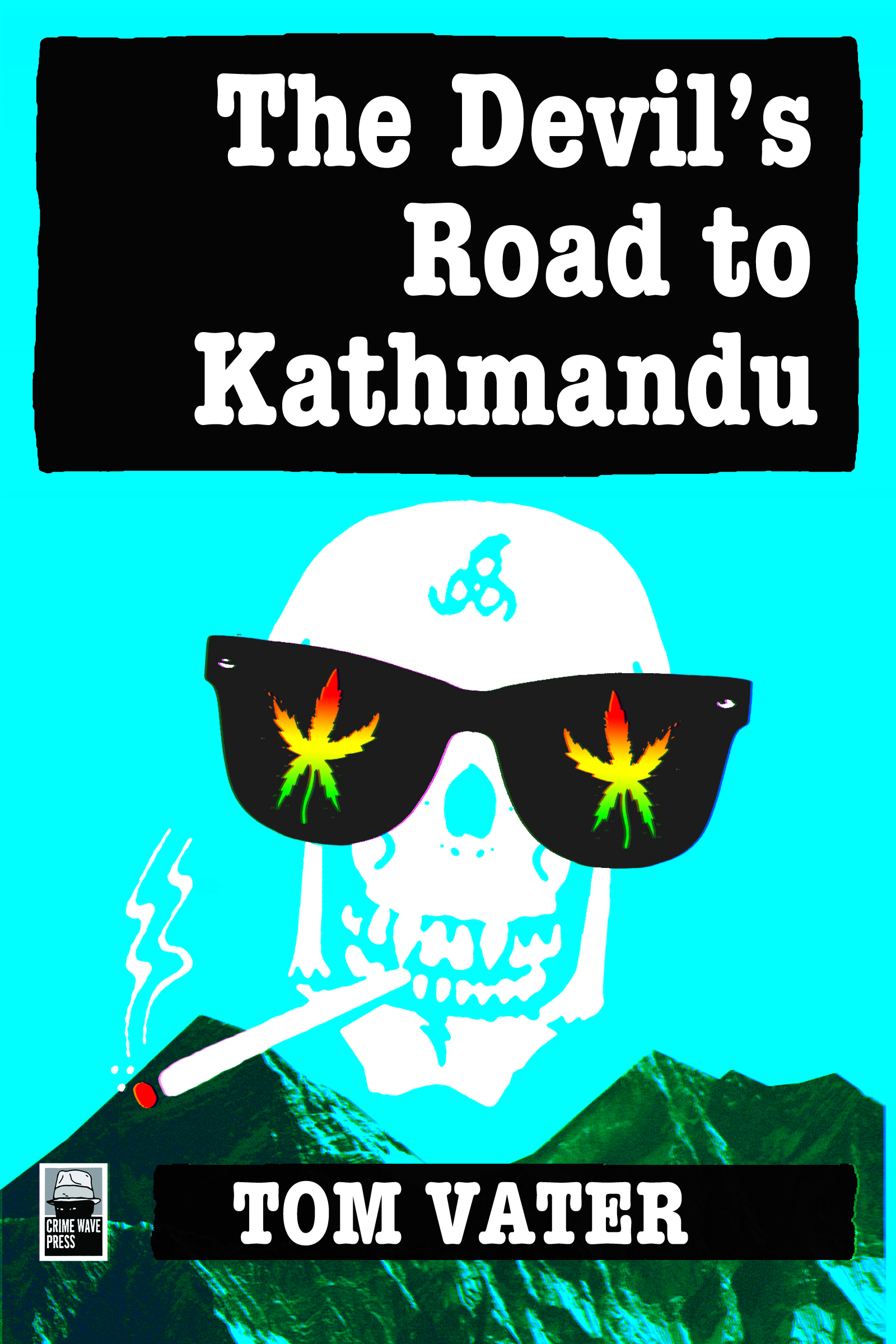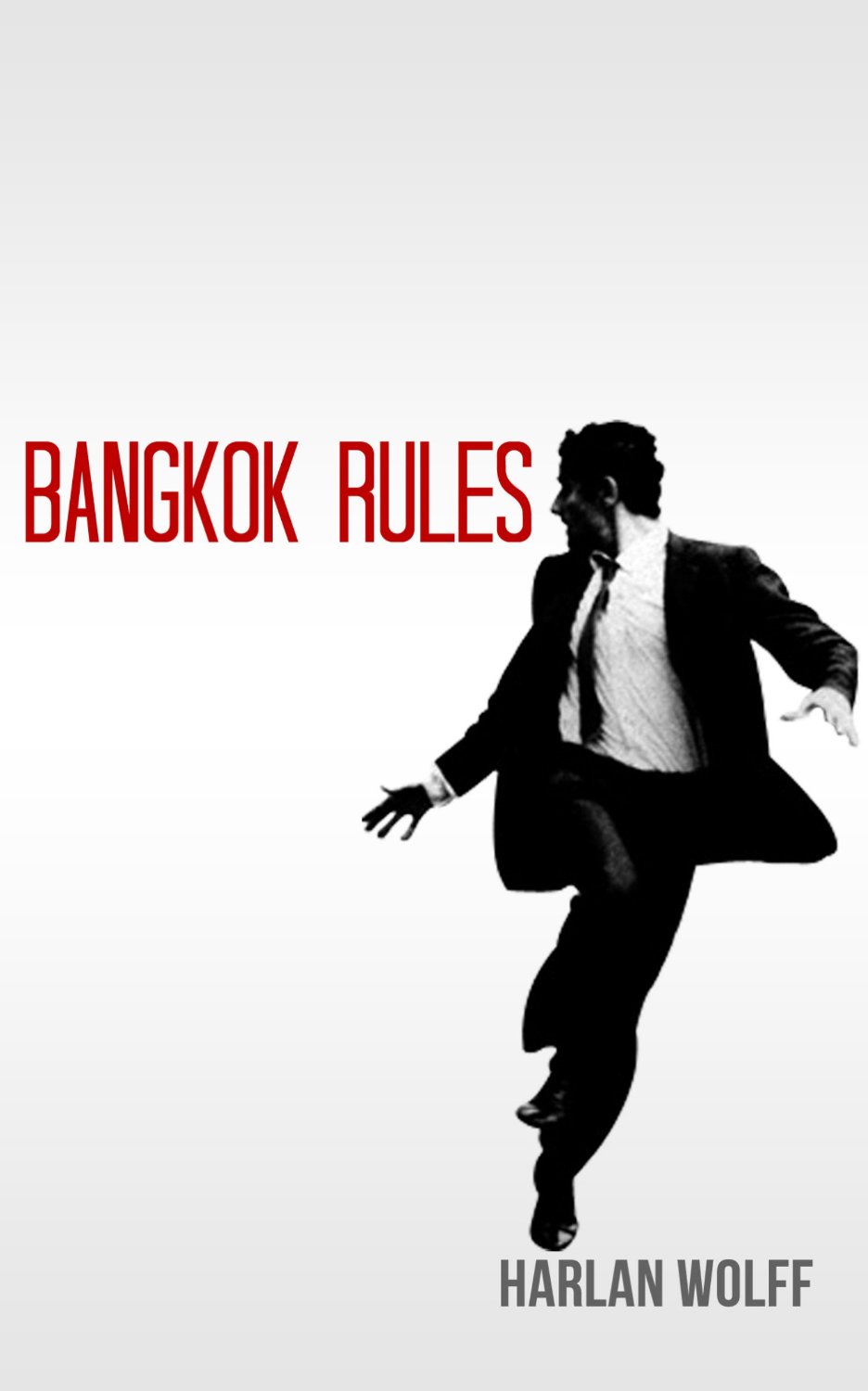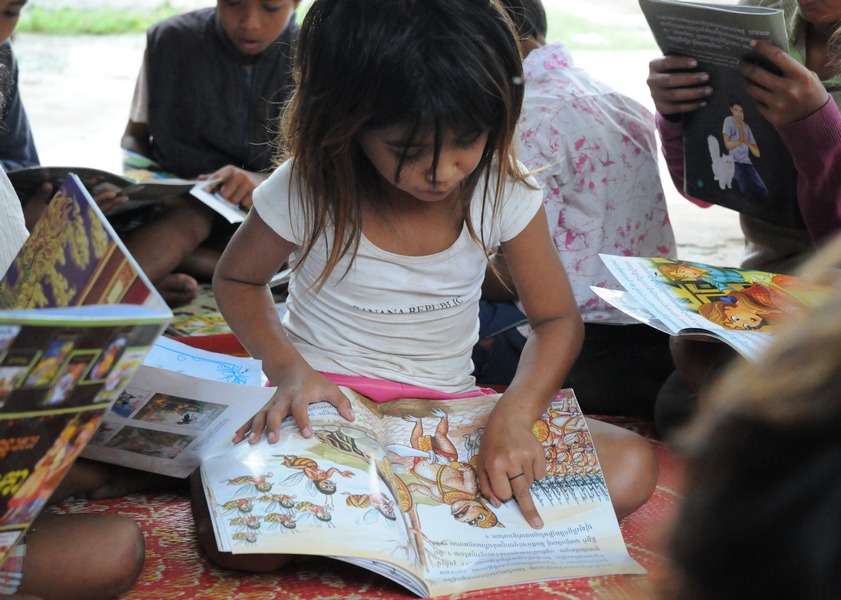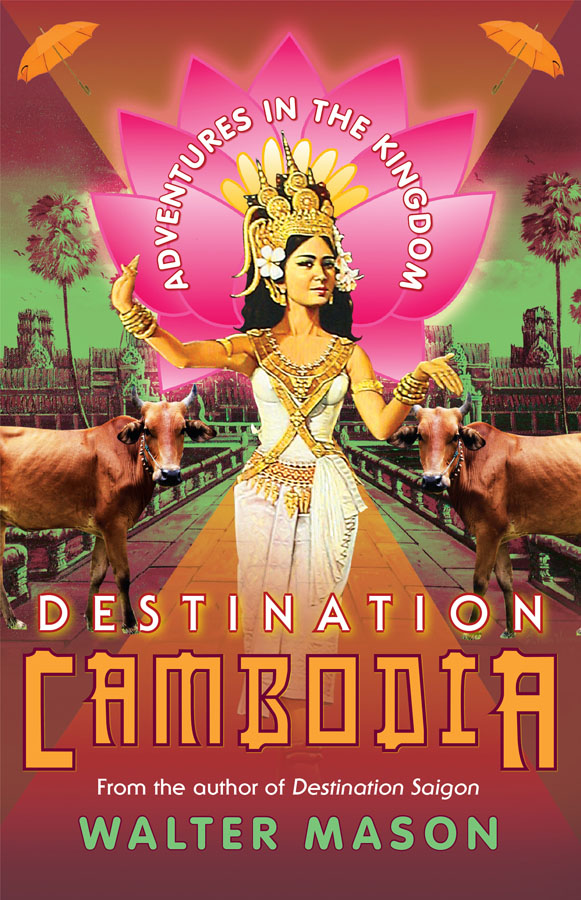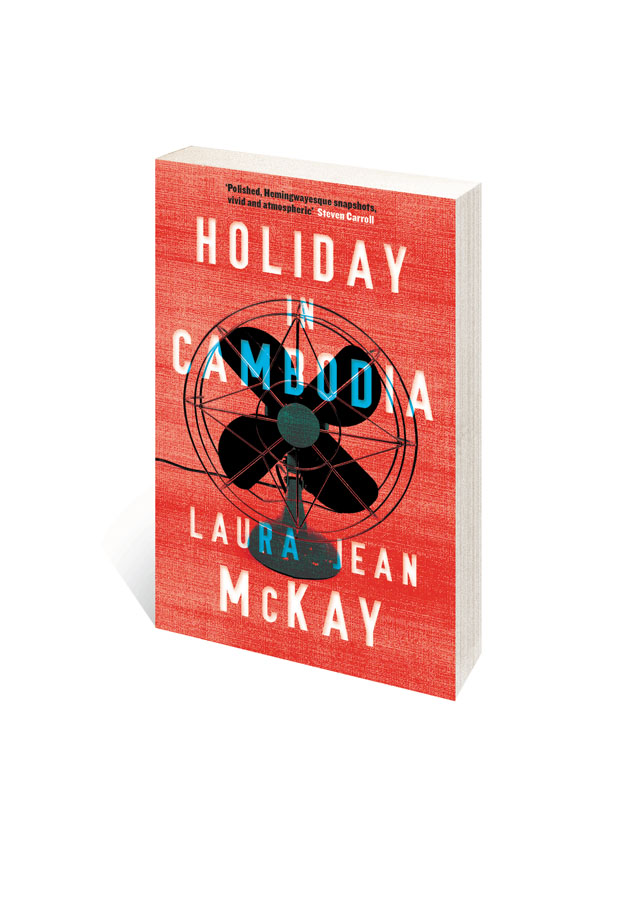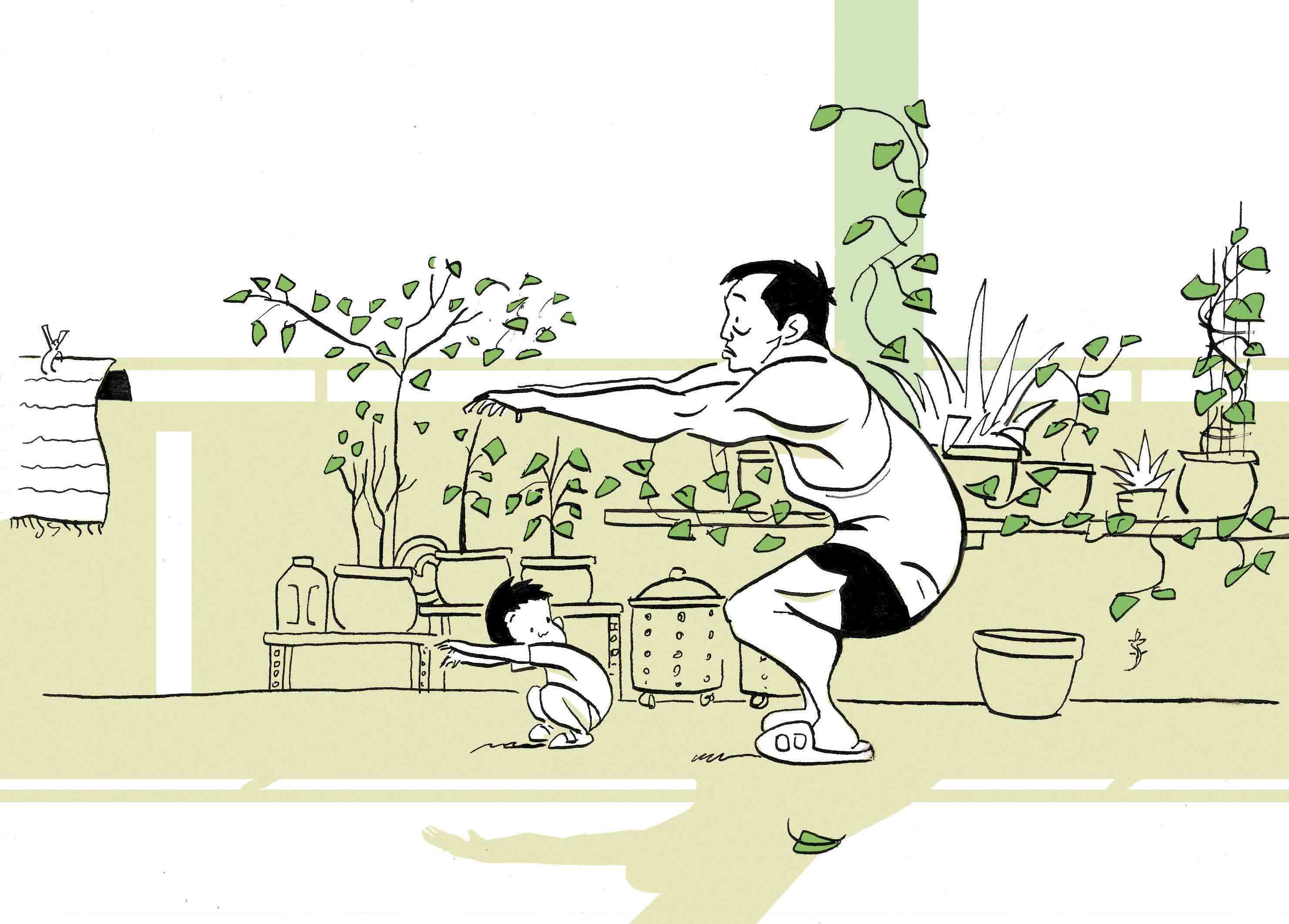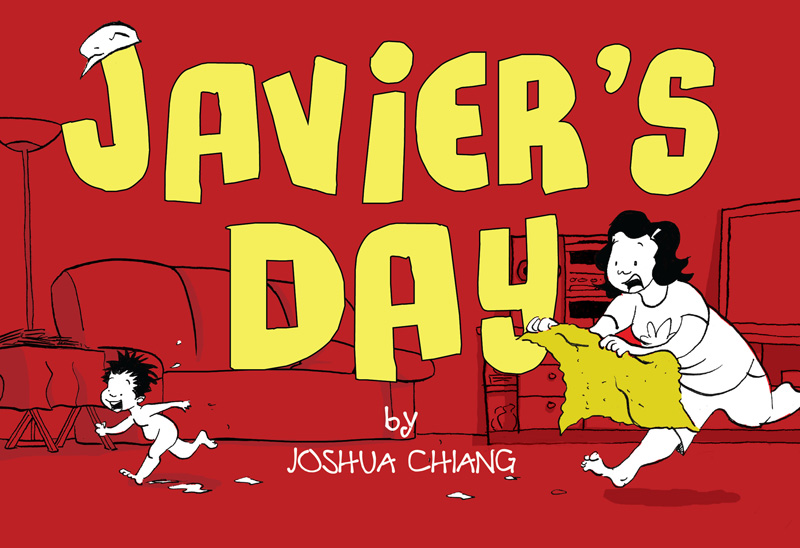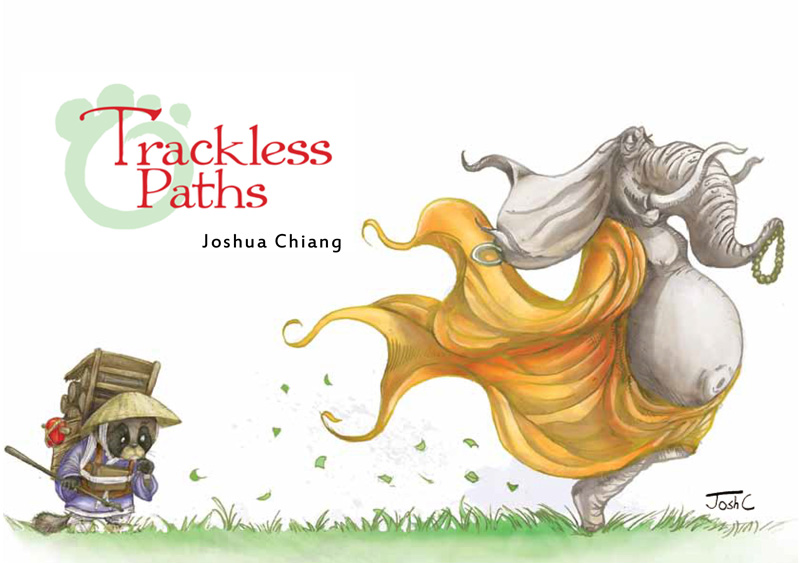There is no question as to how Tom Vater came up with the title to his novel The Devil’s Road To Kathmandu: the sheer mix of danger, drugs and salacious exploits transports the reader straight to the gritty underbelly of the Hippie Trail to follow four friends on the road to chaos. Venturing through space and time, this story pursues a mystery from a drug deal gone horribly wrong in 1976 to the consequences that surface more than 20 years later as the men retrace their steps to Kathmandu.
Dan, Thierry, Fred and Tim endeavour to leave their Western ways behind their beaten-up Bedford bus and get lost in the rock ‘n’ roll lifestyle of Asia. If they only knew just how lost they would get. When a supposedly simple drug deal in the Swat Valley erupts in mayhem, the men escape the bloody feud with their lives and the drugs, and violence imprinted on their minds. Unable to escape their provocative world, various mishaps, drug trips and women pave their way to Kathmandu, only for Fred to then disappear with the drug money.
Twenty-five years later, Dan’s son, Robbie, is on his own mission of self-discovery in Kathmandu when his father and the other two remaining men are lured back there by a mysterious email and the promise of seeing their drug money once more. The men, discovering that much has changed in their absence, soon find themselves wrapped up in a tangled web of deceit, corruption and violence as the story spirals towards one final showdown with the ghosts of their past. With the narrative skillfully weaving between past and present, the pieces of the puzzle slowly come together and shed light on a mystery that spans over a quarter of a century.
For anyone who has ever dreamed of a dark adventure, or gotten lost in one of his/her own, this pulp thriller will quickly captivate your inner daredevil. Vater successfully manipulates his personal knowledge of a fast-paced life in Asia and masters the rhythm of the road, his colourful descriptions and drug-induced inner monologues creating a world both palpable and intoxicating:
“His life was a dream. There was no need to sleep to escape anything. He would turn his neurotransmitters into free-range activists. He’d stop to dream and start to live. He’d transform himself into a shining entity of love and principle, of curious undertaking and generous self-destruction.
“He couldn’t remember the moon over London. The city absorbed the heavenly bodies into its whirl of coloured economic frenzy. Now, keeping an eye on the road, another on the yellow sickle, bobbing up and down with every dip in the land, he was being sucked into a vortex, mysterious and exciting. He’d broken free.”
So for those seeking a wild ride through the hellish roads of Southern Asia, cosy on up in the backseat of this Bedford bus… and hold on tight.
The Devil’s Road To Kathmandu, by Tom Vater, is now available for Kindle at $4.99 on Amazon.com.
